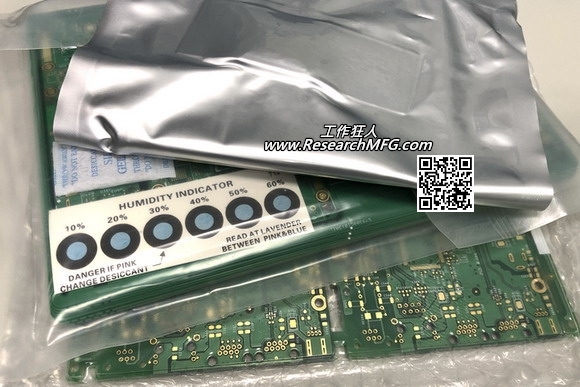
What is the difference between PCB and PCBA? This is actually something that should be easily understood, but since someone asked, Workingbear will try explain it briefly here. If any readers notice any errors, please feel free to correct me.
Most people are probably familiar with the term “PCB,” and if you’ve read some stock-related financial articles, you’ve likely heard of it. However, if you’re not in the electronics industry, you might be less familiar with the term “PCBA,” and you might even confuse it with PCB. Although PCB and PCBA differ by only one letter, they have a significant difference in the electronics manufacturing industry.




